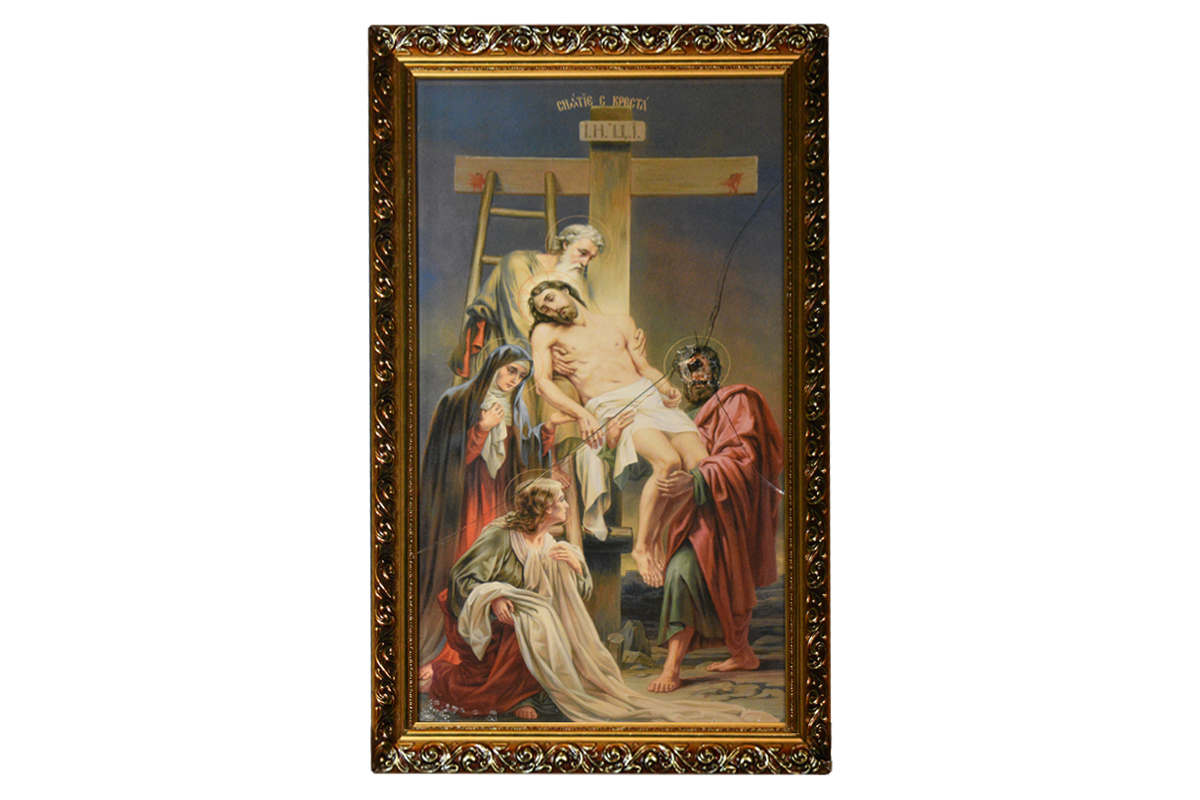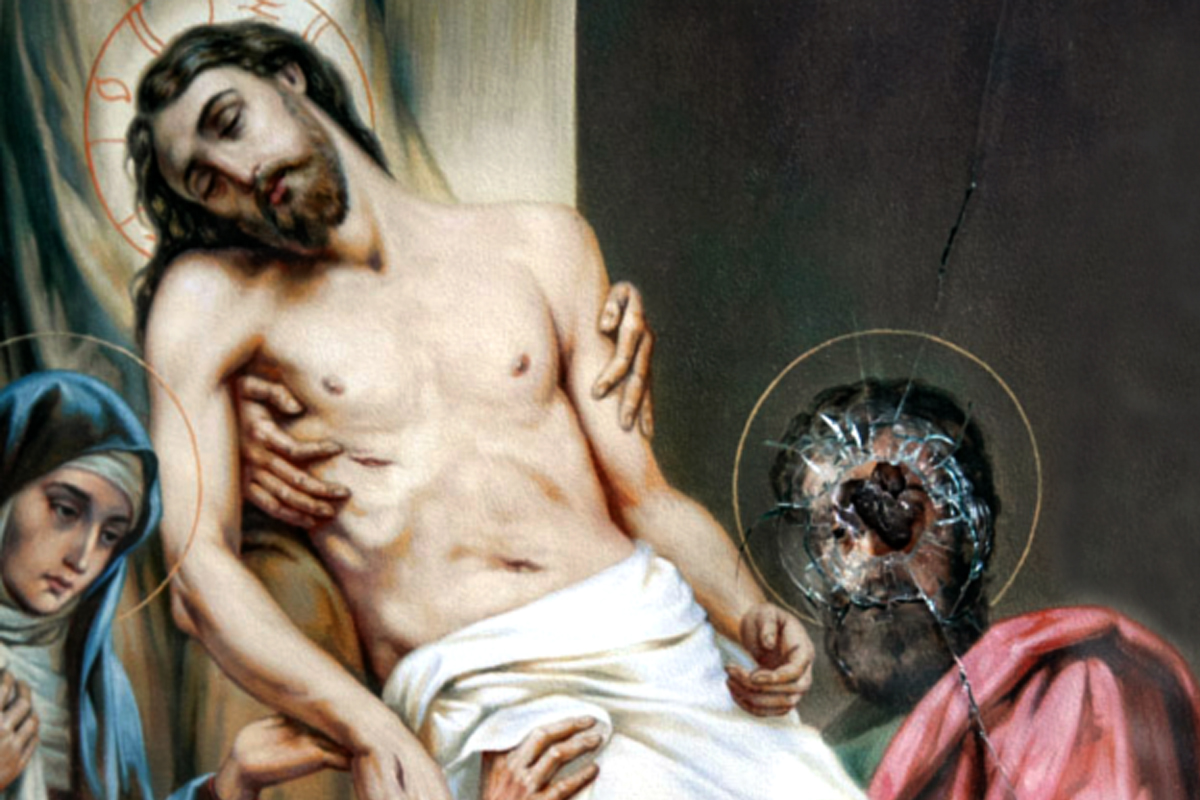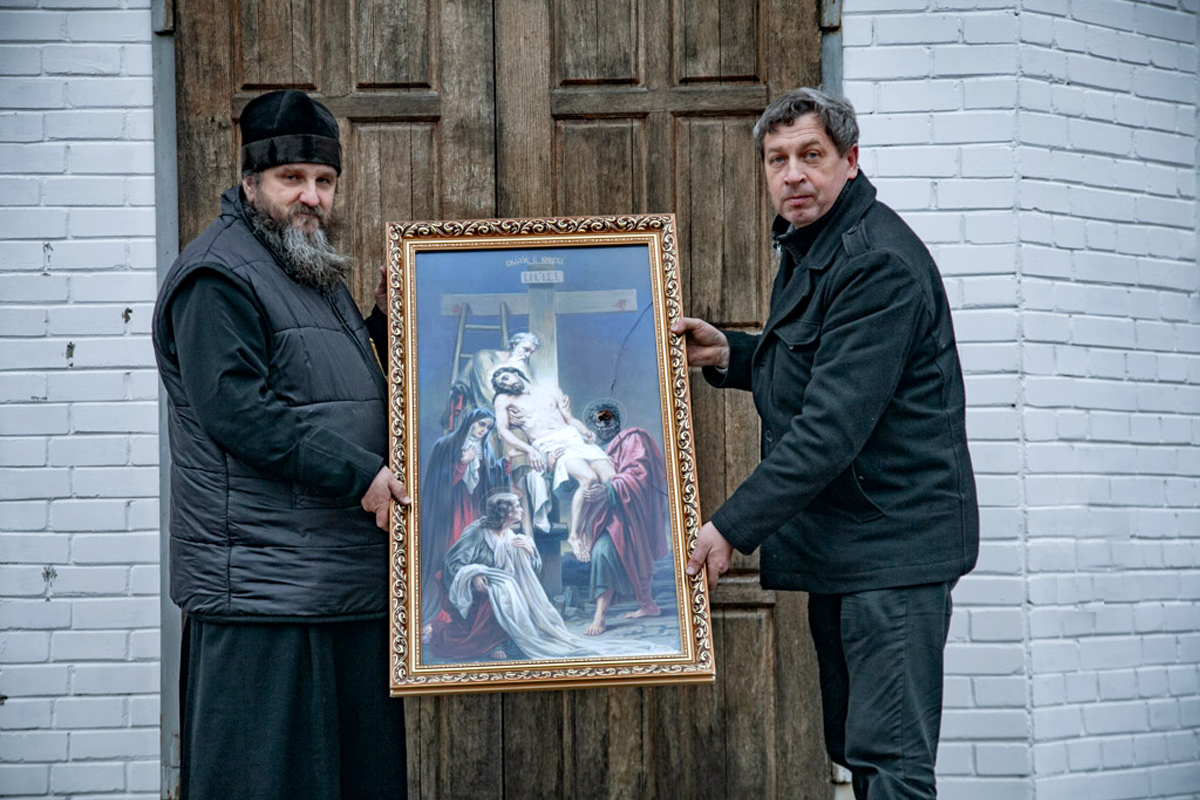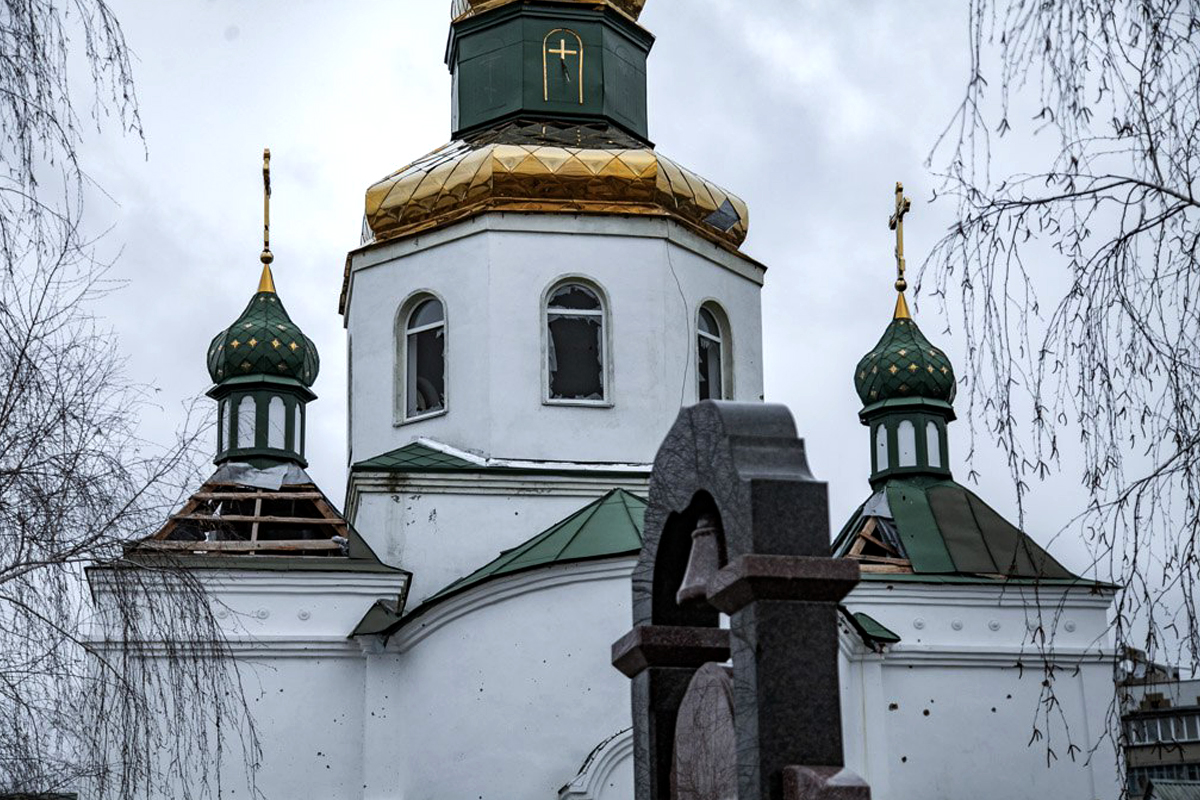The full-scale Russian invasion instantly disrupted the established order of the Museum. The surrounding situation, the multitude of emerging risks and challenges required an immediate response from the team. Securing the collection and infrastructure, determining new forms and directions for the institution’s activities, and ultimately understanding its role and societal necessity in the conditions of total war – these were just a few of the urgent issues that had to be resolved in the shortest possible time.
People — and, surprisingly, even exhibits (armored vehicles, anti-tank obstacles) — joined the ranks of the Defense Forces. The empty Memorial simultaneously became a shelter for employees and their families. Cultural valuables were evacuated, events were swiftly documented, and the first exhibitions were launched in an online format — all of this characterized the time when fighting raged around the capital.In early April 2022, museum staff embarked on an expedition through the devastated regions of Kyiv and Chernihiv. Soon after, in an exceptionally short timeframe, the exhibition Ukraine – Crucifixion was prepared and opened — the first offline project in global museum practice to depict a war in real time. One of the most highlighted exhibits was the icon Descent from the Cross, pierced by a fragment of a Russian shell, which shaped both the scientific-artistic structure and the name of the exhibition.
The story of the wounded image is linked to the early days of the full-scale phase of the war, when, on the fourth day, the Russian horde entered the village of Makariv. It was then that the Church of St. Demetrius of Rostov came under enemy fire. Among the most damaged religious artifacts was the icon Descent from the Cross — a fragment of a Russian shell had lodged in the head of John the Theologian. To save it from total destruction, the church’s priest, Bohdan Lysychenko, took the relic to the St. Michael Church in the village of Makovyshche, where it was hidden until Makariv was fully liberated.John the Theologian symbolizes love and spirituality. Therefore, the fact that the shell struck his image can be seen as a symbolic attack by the occupiers on these very values. This is further evidenced by the hundreds of churches of various denominations that have been damaged or completely destroyed since the beginning of Russia’s full-scale invasion of Ukraine.On the other hand, the biblical story of the Descent from the Cross — in which Jesus, having endured the agony of crucifixion, was resurrected and gave humanity the hope of salvation — inspires faith in a bright future for our Ukraine.






